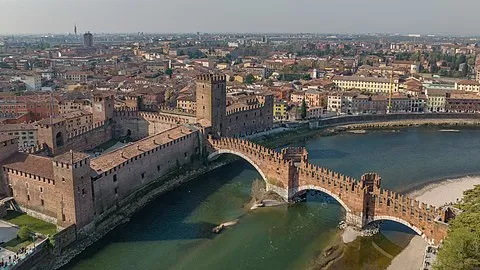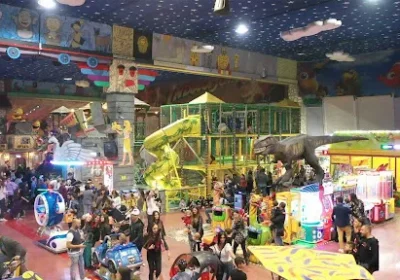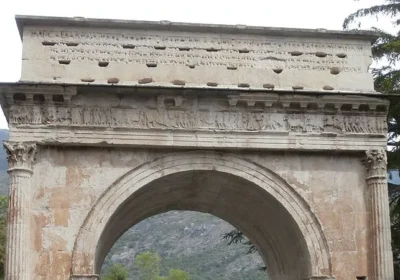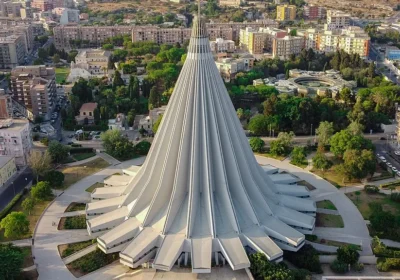Castelvecchio Castle was built in the fourteenth century, during the Scaliger dynasty. It was part of the city’s defenses, a well-fortified fortress, a marvel of military architecture at the time. At first it was called San Martino al Ponte, after the church that was located nearby. The castle was designed according to the example of all fortresses of that time – high walls surrounded by deep moats filled with water. Such a system – “moat-val” was common for the fortification of medieval towns. For the construction of the new fortress chose the place where in ancient times there was an ancient Roman fort – there were fragments of foundations left from it. Centuries later, the cruel tyrant of Verona, Cangrad II della Scale, ordered to erect a castle in its place.
n
At the end of the XVIII century here was the residence of Napoleon. At first the locals were very loyal to his soldiers, but soon they started looting and pillaging. In 1796 a rebellion of the townspeople began, as a result of which the castle was badly damaged. After restoration in the mid-19th century, the Austrian garrison was stationed there for some time.
n
Castelvecchio Castle looks simple and strict – red brick walls, without any decorations, with crenellated walls. The crenellations look like the letter M. It is associated with the legend of two opposing clans, the Guelphs and the Ghibellines, who do not recognize each other. This confrontation went so far that even the teeth in their castles were made differently. The Guelphs had pointed ones that looked like the wings of a bird, while the Ghibellines had rectangular ones. It was done so that everyone could see from afar who the building belonged to. The courtyard is interestingly decorated. In shape it resembles an irregular trapezoid, and 7 watchtowers are built along its perimeter.
n
The Scaliger Bridge connects Castalvecchio with the left bank of Verona. They were built at the same time, in Romanesque style, and together represent a magnificent ensemble of medieval architecture. The Scaliger Bridge, adjacent to the castle, is named in honor of the Scaliger dynasty that ruled at that time. By order of the monarch Cangrande II dela Scala it was designed by the famous architect of the Middle Ages Guglielmo Bevilacqua. He also supervised all the works. The construction lasted more than 10 years and ended in 1355. The bridge became the only road connecting Castalvecchio with the city. It is a very powerful and at the same time aesthetic structure, with the same loopholes and pointed teeth as the castle, its length is more than 100 meters. It consists of three arches of different lengths, which are supported by two pentagonal towers. The arches form three spans, the longest being 50 meters long. The bridge was so strong and reliable that it stood without reconstruction for about 500 years. It was blown up by the Germans during the retreat from Verona in 1945. After the war, the bridge was rebuilt in its original form, according to surviving drawings and descriptions, using fragments found in the river.
n
Today Castelvecchio Castle has a historical museum. One of its halls is fully dedicated to the history of the castle itself. The exposition is a rich collection of medieval paintings and sculptures. Part of it is located in the inner courtyards (admission to the museum is paid).

















